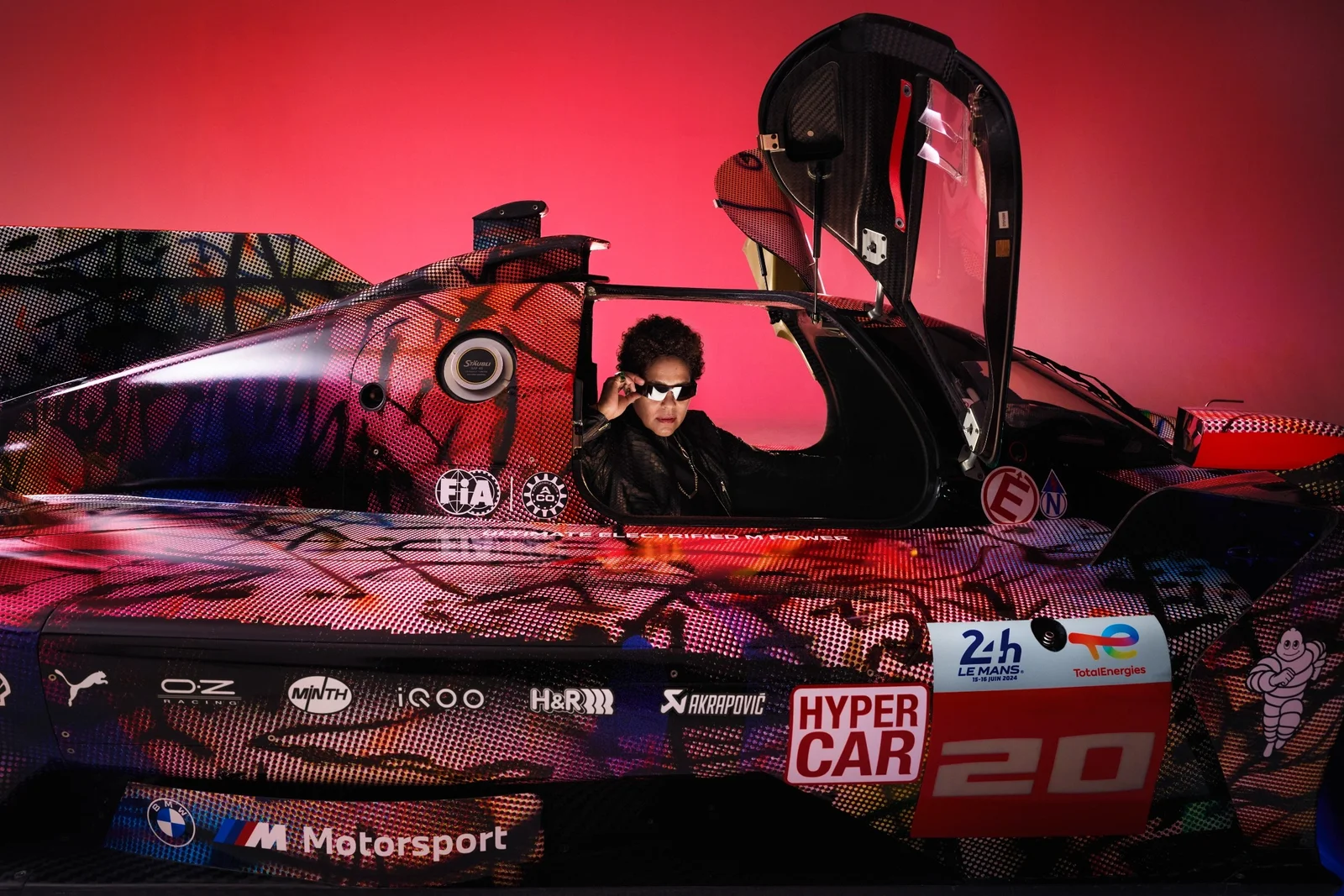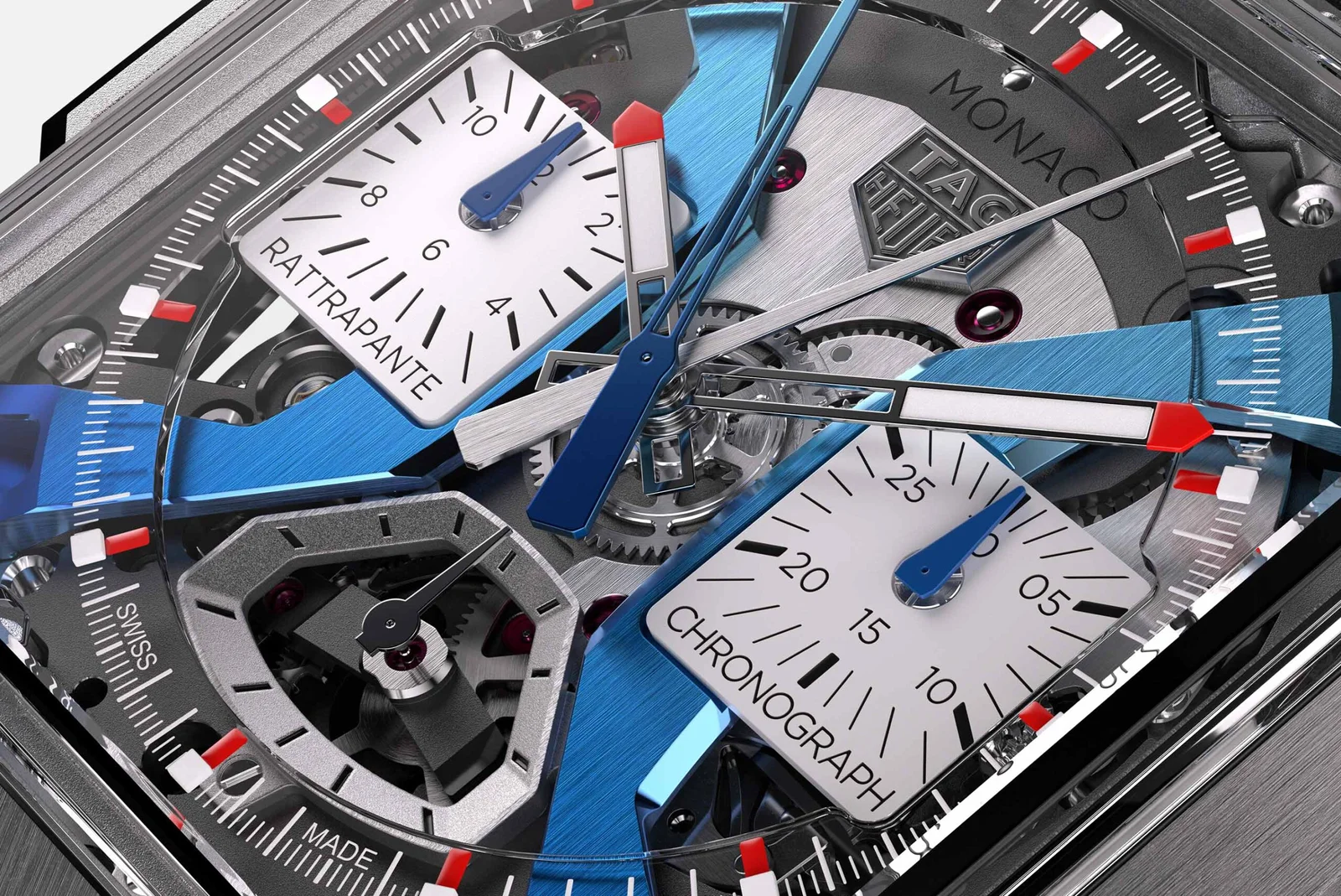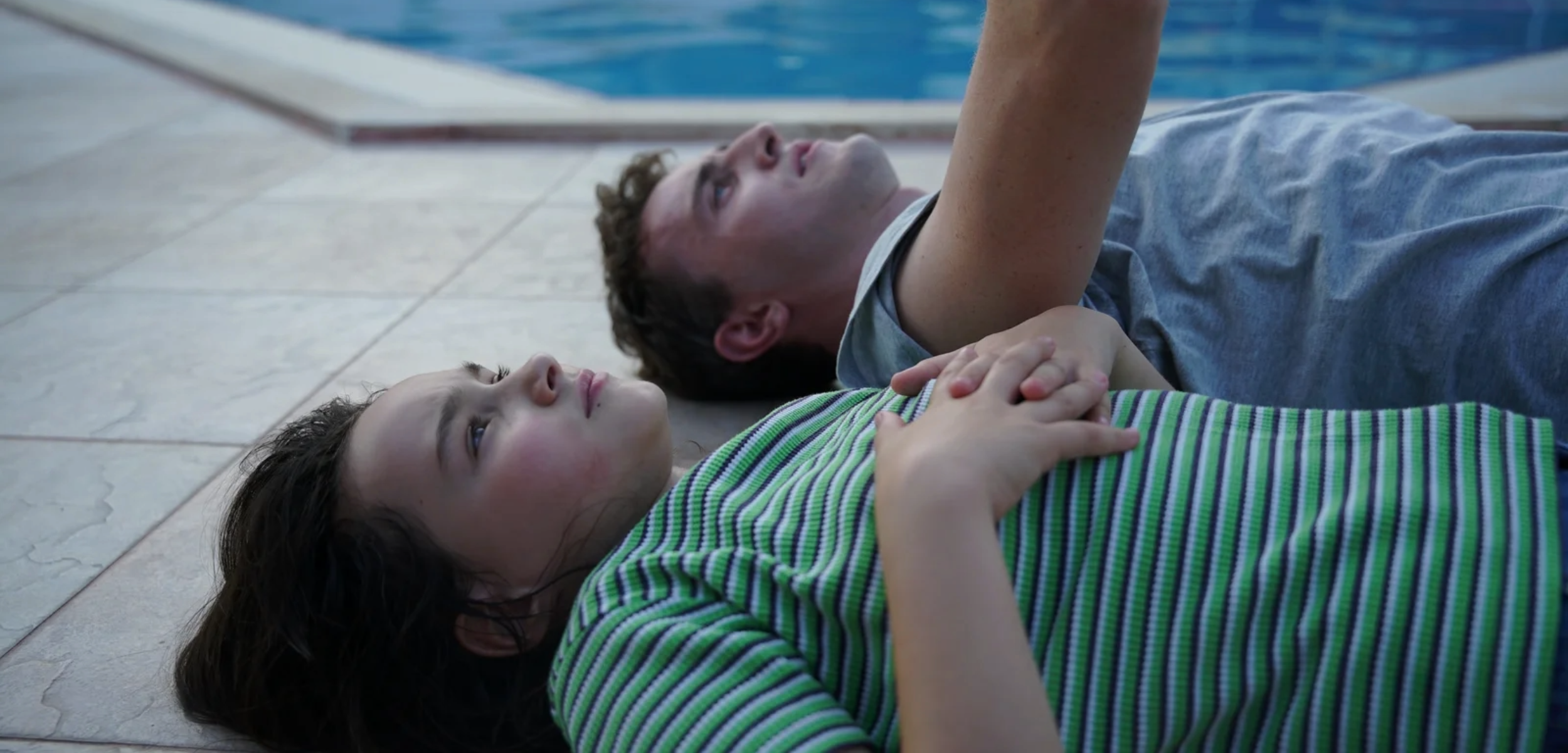We left Sydney early, escaping the thick city heat. There’s a temptation when heading inland to stick to the highway and let the kilometres blur. But that’s never been my style. And with the 70 Series’ low-range promise humming beneath us, we opted for something slower, steeper, and infinitely more satisfying. Our route peeled off toward Barrington Tops, that prehistoric spine of the Great Dividing Range where rainforest meets farmland and clouds linger like they’ve got nothing better to do.
From Gloucester, the bitumen gave way to gravel and the temperature dropped a little. It’s the kind of terrain that can make a city-spec SUV sweat, but the new 70 didn’t blink. The updated 2.8-litre turbo diesel might be a nod to modern efficiency, but it’s still wrapped in a body that looks more cattle station than shopping centre. The ride is agricultural, the steering still feels like it’s mediated by an old CB radio. But that’s the point. This isn’t a machine you point and go. It’s one you move with, muscle memory first.

There’s a strange, satisfying float to the way it travels over rough ground. It doesn’t dart or snap like the sports cars I’m often reviewing. Instead, it rolls, shifts, considers. The steering rack has the urgency of a hungover bush poet, but it suits the personality of the thing. You recalibrate. You lean in. You drive slower and notice more.
We climbed through the smoke of burn-off, past blackened tree trunks and the occasional roo, before pulling over to let Griff, the red cattle dog, stretch his legs. The silence was almost total. No synced playlist. No crackly FM. Just diesel chatter, the odd complaint from Griff, and whatever our own thoughts had to offer. The Cruiser’s cabin might lack fidelity, but in that moment, it didn’t need it.
Somewhere on the drive, I had a funny realisation. Usually, when you drive a press car through a small town, people stop and stare. They ask questions. They try to guess the price, where you’re from. But in a 70 Series in country NSW? No one blinked. It was almost suspicious how invisible we were. But there was a weird pride in that. Like we’d passed some kind of cultural camouflage test.

If the road in was all earth tones and diesel rumble, rolling into Tamworth was like stepping into technicolour. The town pulsed with music. Buskers lining Peel Street. Fringes swaying from straw hats. And the occasional impersonator melting into the pavement. There was a time when the festival leaned more rough-and-ready, but these days it’s noticeably more family-friendly. Still, if you leave your ego at home and don’t take yourself too seriously, it remains one of the most enjoyable weeks on the Australian calendar.
The Tamworth Hotel continues to be a reliable north star in the chaos. Owner Luke Prout pulls together a line-up each year that somehow threads outlaw country with alt-folk, indie, bluegrass and the occasional honky tonk rager. It’s eclectic in the best way and feels curated with heart, not algorithm. There’s nothing quite like kicking back, nursing a beer, while someone you went to school with invades your personal space.
Since I was in town thanks to Toyota, it felt only right to attend something official. I caught a dinner hosted at the Powerhouse Hotel, an intimate night showcasing the 2024 and 2025 Toyota Star Maker winners. Both played stripped-back acoustic sets. Wade Foster’s set was raw and magnetic, the kind of voice that makes you stop mid-bite. Felicity Kircher, who followed, had a gentler sound, but there was a conviction in her lyrics that made me think we’ll be hearing a lot more from her. It’s easy to be cynical about corporate tie-ins at festivals, but the Toyota Star Maker comp genuinely matters here. It’s minted some big names and gives emerging artists a proper stage to grow.

And then there’s Markers Bakery. It’s barely changed since I was a kid. A no-nonsense shop with a stainless steel pie warmer and a fluorescent-lit reverence for mock cream. It’s the sort of place where you can grab a ham and pickle sandwich, a finger bun, and a carton of Oak for pretty cheap and somehow feel like you’re still ten years old.
When we’d had our fill of crowds and chords, we ducked out of town for a half-day horse ride with Paul Wade Horses, just near Bingara. Paul’s a true larrikin, quick with a joke, slow with a story, and always watching. The ride took us through paddocks and across a low river crossing, the kind of trail that reminds you how good Australia smells when you get off the bitumen. I grew up with a horse, so the saddle felt familiar, but Paul and his crew cater to all levels. If you’re looking for a breather from the festival without venturing too far, it’s a perfect reset. Plus, the nearby Roxy Theatre and Café in Bingara is heritage-listed and completely preserved. A time capsule from another era, complete with pressed tin ceilings and old milkshakes on tap.

Heading back toward Tamworth, we made a quick stop at the Barraba Silo Art. Painted by Fintan Magee, the towering mural of a local water diviner felt both cinematic and deeply grounded. A surprising moment of stillness and scale that lingered longer than expected.

That night, we stopped by the Tamworth Regional Astronomy and Science Centre, where the local crew had set up public stargazing during the festival. It’s not the sort of detour most punters make, but it was exactly what I needed—a chance to zoom out. The place is run by a ragtag group of science-loving locals who’ve somehow cobbled together one of the best public observatories in the country. You get the feeling they’re in it for the love of it. The gear’s impressive, the setting quiet, and the perspective cosmic. For an existential cowboy like me, someone who thinks too much and looks up too often, it was oddly grounding.

Tamworth might look glossier these days. The festival more polished, the edges a little softer. But there are still touchpoints that haven’t budged. My pop’s house still looks the same as it did in the 1950s. The Fitzroy milk bar still stands. My old primary school is still there, shaded by the same trees we’d throw balls into. For all the modern upgrades, and a few soul-sapping concrete slabs where beautiful old buildings once stood, there are still slices of the past you can hold onto.
Sometimes, returning home is just that. Other times, it’s a way to notice what’s changed and what’s refused to.














